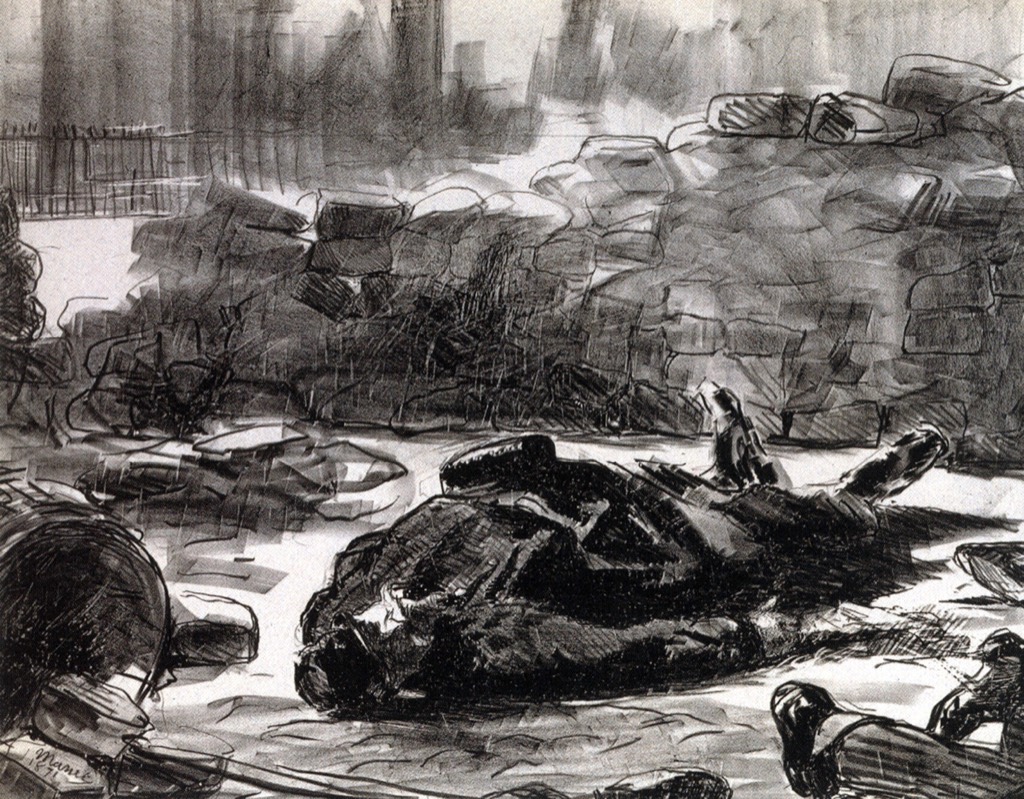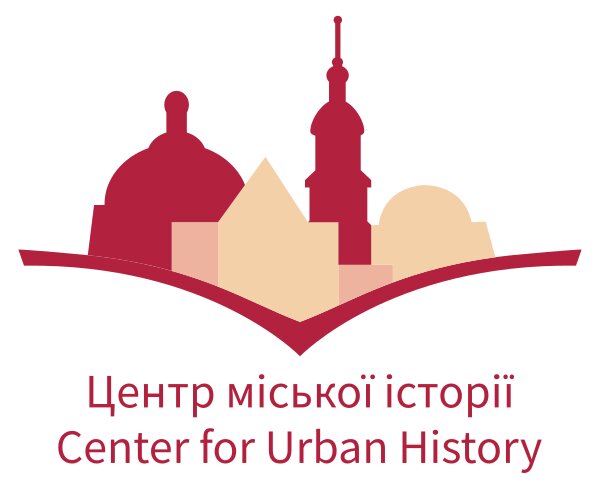Representing Historical Violence in Painting and Photography: An Introduction to the Theoretical Debate in the French Academic Community
Paul Bernard-Nouraud
Aix-Marseille University13.2.2024; 18:30
online / zoom
Over the past decades, the issue of representing historical violence in arts has raised many questions – and polemics – among the French academic and intellectual community. One can even argue that, during this period of time, especially in Art History, a shift occurred: from relative indifference to renewed attention to the topic. The name of Georges Didi-Huberman has to be linked to this evolution, since his essays can be considered as a kind of "catalyzer" of the different positions involved in the debate.
During the lecture, Paul Bernard-Nouraud will focus on the work of Georges Didi-Huberman, structuring his narrative around three questions:
- In what historical and historiographical context did he start to write?
- How did his methodological and theoretical approaches break with the French academic tradition by resorting to non-French theories?
- What role do representations of historical violence play in his analyses?
As a critical aperture to these commentaries, the lecture will try to demonstrate that if, on the one hand, Georges Didi-Huberman did open fruitful research avenues, on the other hand, his perspectives tend to elude part of the artworks' contents to the benefit of their forms. In order to understand this paradox, we might have to scrutinize eventually a key-notion of his thought: the notion of traces – the traces of historical as well as contemporary violence in artistic representations.
The event will be delivered on the online platform Zoom. To join the discussion, please register.
The lecture will be conducted in English. Simultaneous interpretation into Ukrainian will be provided at the event.

Paul Bernard-Nouraud
Aix-Marseille UniversityHe has a PhD in Aesthetics from the Ecole des Hautes Etudes en Sciences Sociales (EHESS), Paris. His doctoral thesis was about the aftermaths of Auschwitz in contemporary art. He has been a doctoral fellow at the United States Holocaust Memorial Museum (USHMM) in Washington and at the Fondation pour la Mémoire de la Shoah (FMS) in Paris and a postdoctoral fellow at the Casa de Velazquez in Madrid. He is currently a part-time lecturer at the Aix-Marseille University, affiliated to the Laboratoire d’Etudes en Sciences de l’Art (LESA). His main research is now about artistic representations of contemporary migrations.
The event will be part of the Center's public program, "Source as a Choice," organized by the Center for Urban History in cooperation with EHRI. During the meetings, researchers will share their work with various sources on war and mass violence in the twentieth and twenty-first centuries. The choice to create and preserve sources can be one of the tools for embodying this violence or, on the contrary, for opposing it. Our choice to talk about these events through the prism of certain sources creates a field in which the complex past will live on in the present and future.
Credits
Cover Image: Édouard Manet, "Civil War", 1871


